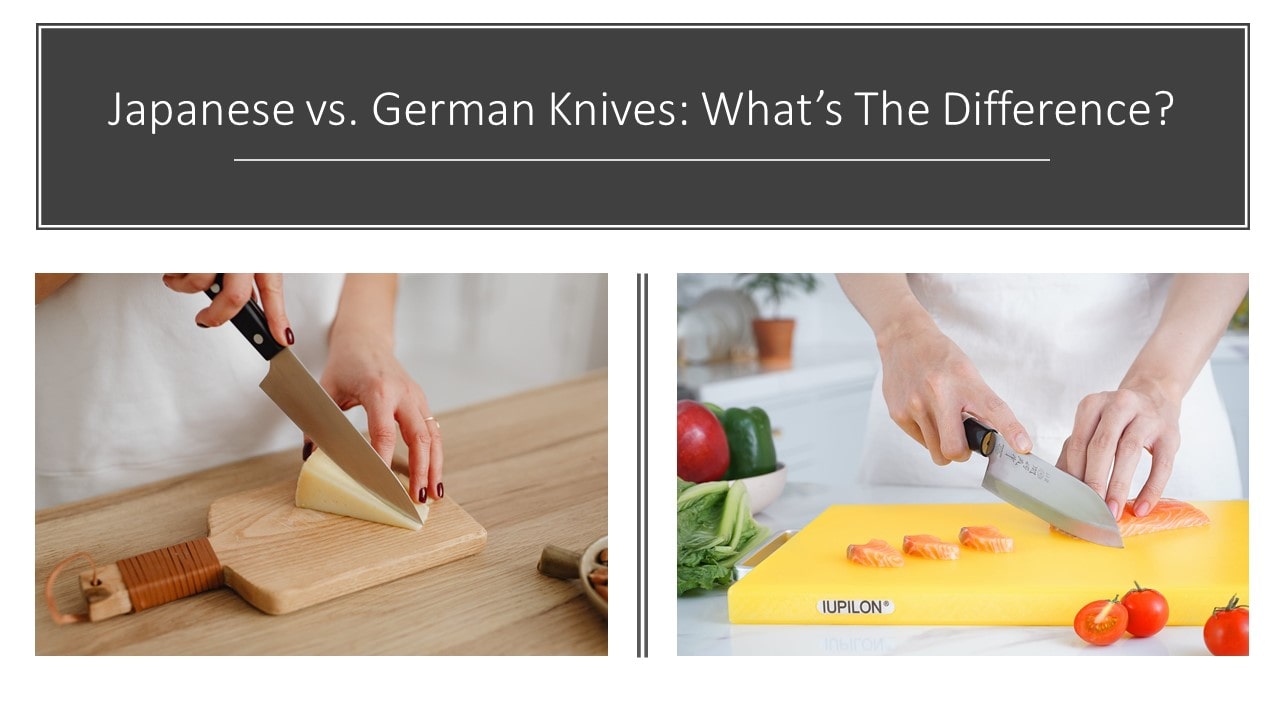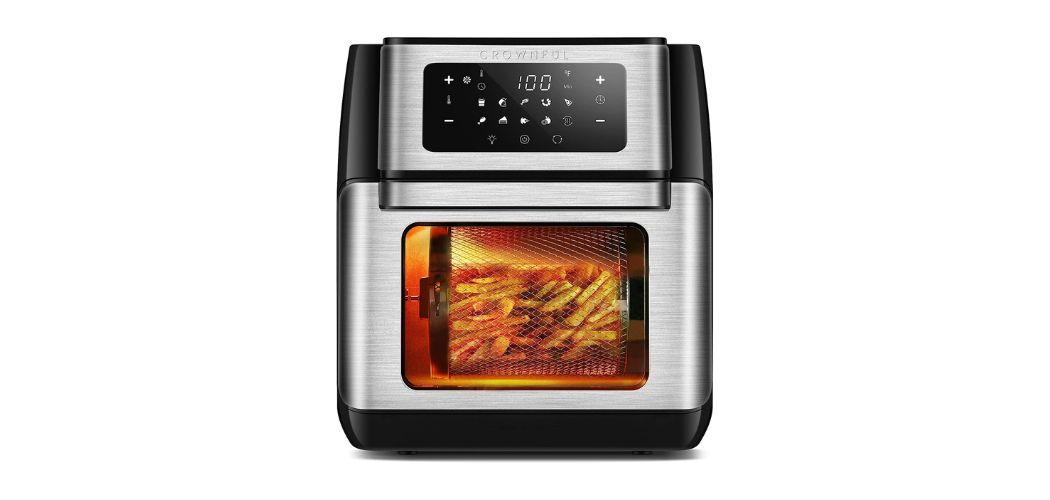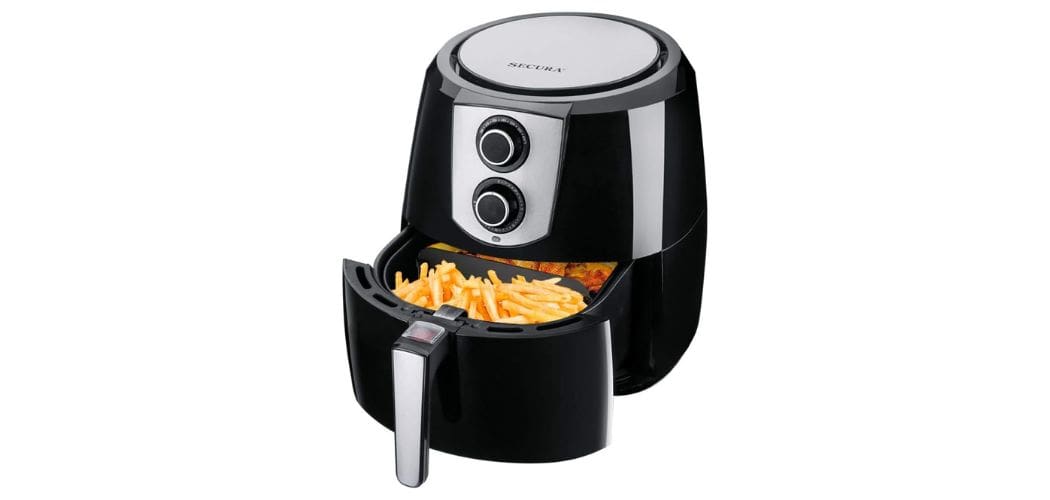When looking for a brand new knife, you might come across two primary types: German and Japanese knives. Apart from German and Japanese blades, there are a variety of other knives available such as Santoku, and Nakiri; however, these two are at the top of the game.
But, what are the differences between the two, and which is better for your cooking style? Whether Japanese or German, each sort of knife has been impacted by its culture. The Japanese think that having a precise instrument for a particular purpose is essential.
On the other hand, Germans emphasise adaptability and longevity in their culinary endeavours. Read on to know some of the critical distinctions between the two choices, and then buy the knife that fits your cooking style.
Table of Contents
Japanese Knife vs. German Knife – What’s Best For You?
Construction:
If you analyse Japanese and German knives based on appearance, you might not notice the differences in construction. German knives are often made from full-tang fabrication.
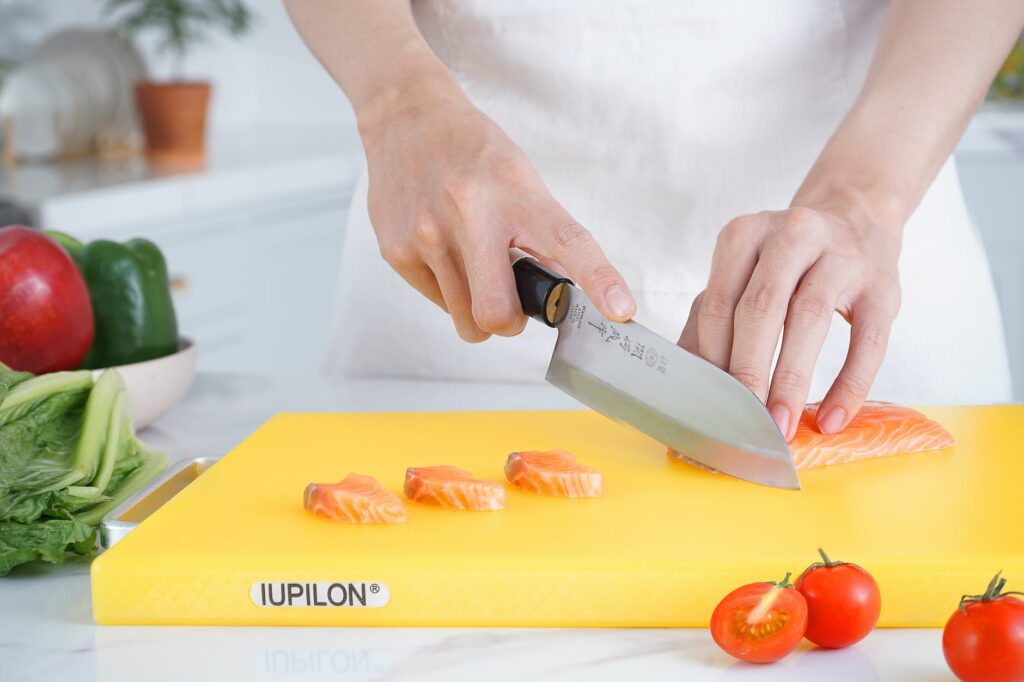
They showcase a single chunk of metal operating from the tip to the backside of the knife.
These blades are proportional and balanced, making them suitable for right and left-handed users.
On the other hand, Japanese knives have a moderately tapered blade within the handle.
It makes them lightweight to provide precise motions. Asymmetrical blades are also common in Japanese knives, with a slashing edge inclined 70:30 toward a right-handed operator.
If you’re left-handed, this is a crucial difference to notice when considering Japanese vs German blades. Here you’ll need to indulge in a Japanese knife that’s designed for left-handed use.
Materials:
There are significant disparities in the steel characteristics of both knives. Japanese knives have more rigid steel with unique carbon content.
They weigh 60-63 on the Rockwell scale. It is a measurement that gauges steel hardness where a higher number indicates hardness.
A more rigid blade will maintain an edge somewhat longer. Besides that, it will also be more susceptible to chipping or splitting.
However, German knives consist of softer steel, with a Rockwell hardness of 56-58. While they may need a little more sharpening than Japanese knives, the softer steel makes them more robust and less prone to shatter.
The kind of steel used in Japanese vs German blades will also make a difference in durability.
Design:
The most incredible Japanese knives are slimmer and lighter, focusing on accuracy and control. They are bolster-free, contrary to German knives.
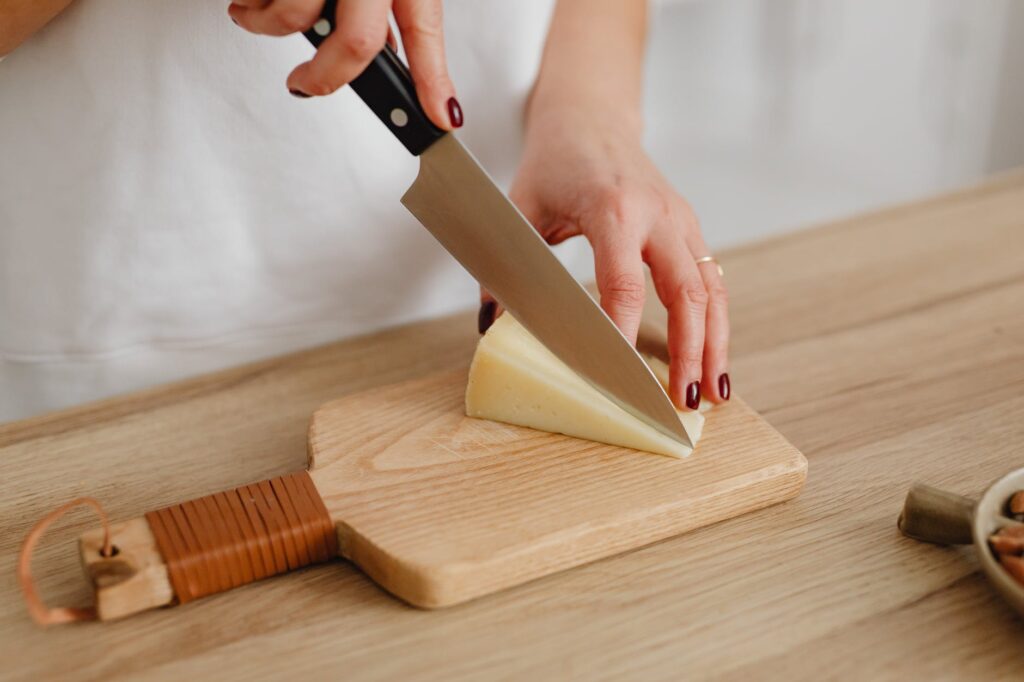
The bolster is the thick joint between the grip and the blade seen on most German knives.
It creates a seamless crossover between the two while also providing durability and counterweight.
Consequently, German all-purpose knives are thicker, more robust, and utilitarian.
Weight:
German kitchen knives are often heavier and thicker, particularly at the bolster. But Japanese blades are significantly lighter, making them more suited to precise work.
An average German-style knife weighs 7.5 ounces, whereas the Japanese only weighs 6 ounces. When comparing the two, weight is crucial since a lighter knife is much simpler to manoeuvre and manage than a heavier one.
Blade:
There are a few additional significant distinctions besides steel hardness in these two knives. Japanese knives are slimmer and thinner. Moreover, they have straighter and sharper cutting edges, generally at a 12-15 degrees angle per side.
German knives feature a more pronounced blade angle, spanning 17.5 to 20 degrees. Japanese knives are more acceptable and superior for slicing and precise work. Their tighter angle leads to a smaller slicing path, and hence, minor food damage.
Another distinction between Japanese and German knives is the polish on the blades. The edges of Japanese knives are refined and hand-finished by expert craftsmen. Machine-cut German knives incline more towards curved blades that allow swaying cuts.
Usage:
The most prominent distinction between them is how you use your knife in the kitchen, as they each specialise in culinary activities.
Japanese knives are ideal for slicing and precise work due to their slimmer and sharper blades. They are ideal for more delicate cuisine applications.
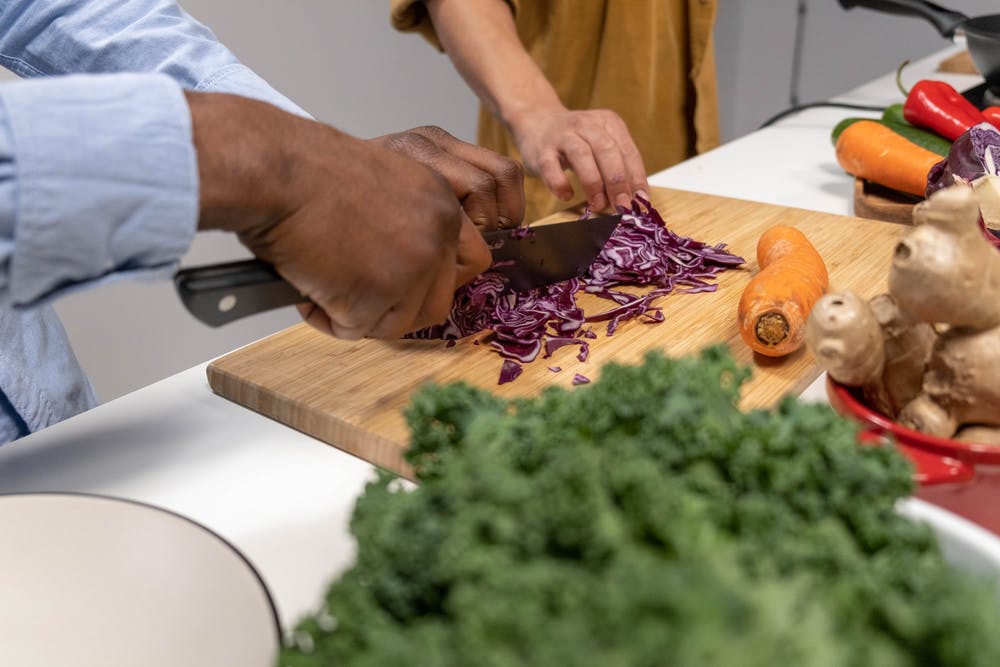
While using these, you should avoid chopping bone, frozen or hard foods, or anything else that might chip the blade.
On the other hand, German chef knives are robust, durable, and made to withstand damage. They’re multi-purpose, utilitarian knives that are constructed to last.
These kitchen knives are fantastic for cutting bone, chopping vegetables, and sawing through complicated meals. They can do pretty much everything else other than precise, meticulous prep work.
Quick Comparison Guide:
| Aspects | Japanese knife | German Knife |
| Construction | A tapered blade within the handle makes them lightweight, providing more precise motions | German knives are often made from full-tang fabrication |
| Materials | Rockwell hardness of 60-63 | 56-58 on the Rockwell scale |
| Design | Slimmer and lighter | Thicker, robust, and utilitarian |
| Weight | Japanese knives are light and swift | German kitchen knives are often heavier and thicker |
| Blade | Cutting inclination of 12-15 degrees angle per side | A more pronounced blade angle, spanning 17.5 to 20 degrees |
| Usage | Ideal for slicing and precise work | Durable and made to withstand damage |
FAQs:
Is It True That Japanese Knives Are Superior To German Knives?
Since Japanese blades are purpose-built, each one has unique features that make it ideal for the task at hand. Japanese knives will perform better than German knives at the job at hand.
They demand greater attention during use and require more maintenance to retain them in good operating order. Sharpening and repairing Japanese knives is also more complex. And these chores are often outsourced, increasing the expense of ownership.
German knives are more adaptable, multifunctional, and simpler to keep. They’re also less expensive to buy, making them more accessible to a larger audience.
Is The Edge Of A Japanese Knife Sharper Than That Of A German Knife?
The sharpness of a kitchen knife is crucial. Although both German and Japanese blades may be razor-sharp, there is a distinction between the two. Knives made in Japan are sharper than those made in Germany.
The thinner, more rigid Japanese steel permits the Japanese blade to have a sharper edge. The steel also keeps an edge superior to German blades, although their border is brittle and more prone to breaking and chipping.
German knives will need more regular honing and polishing than Japanese blades. But this procedure will be more straightforward with German blades since the metal is not as rigid.
Do Chefs Favour Japanese Or German Knives?
Most cooks have both knives in their kitchen because they want a knife that will operate well. Chefs may use a Japanese knife for accurate, clean cuts on components.

They are best suited for meals requiring a high degree of presentation, while German blades are more versatile in the kitchen.
In most chefs’ kitchens, they’ll have a mix of Japanese and German knives.
Japanese knives are geared for slicing or linear and down chopping; they seldom feature a curved edge. Many western cooks cut food swiftly by using a rocking chopping technique.
What’s The Verdict?
Both the knives are excellent investments, regardless of the distinctions between them. There is no real comparison between the two blades since they specialise in specific jobs and purposes.
When picking between a Japanese and a German chef knife, think about how you’ll utilise it and what culinary chores you will be tackling.
German blades are heavier, more robust, and better all-around chef knives. However, Japanese blades are lighter and thinner, focusing on precision slicing and cutting.
You’re now prepared to make an informed selection and buy one of the finest chef’s knives. Whether you select a German or Japanese-style knife, a new high-quality blade will take your cooking talents to the next stage.

